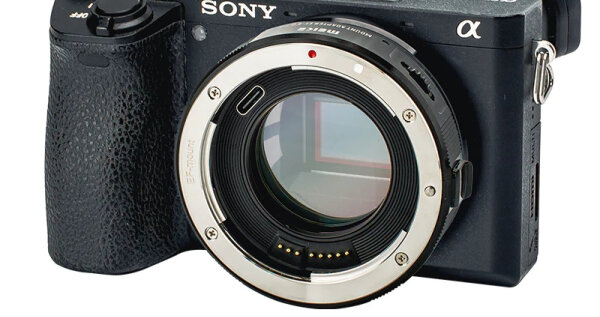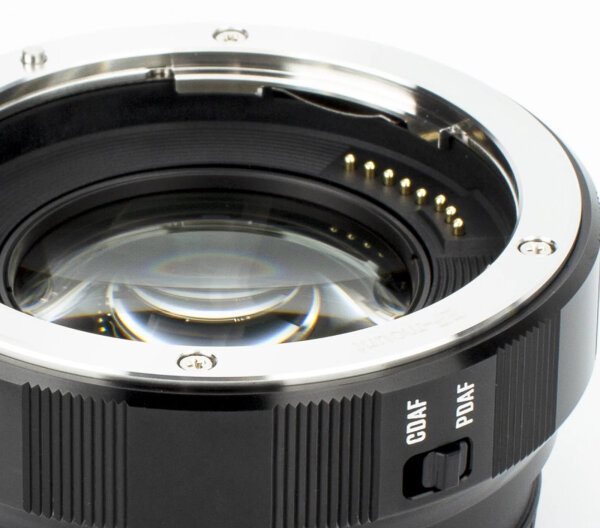Even though with the potent film characteristics of many 35mm full frame hybrid cameras  the use of a "speedbooster" has become obsolete, you can still use these lens adapters in a useful way.
the use of a "speedbooster" has become obsolete, you can still use these lens adapters in a useful way.
Such focal reducers are a mount adapter with an integrated optical element that changes the focal length of the adapted lens. In the case of the most common 0.71x models, this mathematically "increases" the effective light incidence of the aperture by one f-stop. At the same time, the image circle of the lens is reduced from full frame to approx. APS-C/S-35 dimensions.

In recent years, this technology has somewhat faded into obscurity - probably mainly because most new mirrorless hybrid cameras are equipped with a 35mm full frame sensor - For such cameras, a Speed Booster only makes sense if you read out the sensor in an S35 crop mode.
But meanwhile there are again some APS-C/S35 cameras with E-, RF- or Z-mount, on which such an adaptation of an EF optic can make a lot of sense. However, the actual inventor of the term speed booster - Metabones - seems to have left the trade business to its numerous imitators in the meantime.
Meike has just announced three new models that make EF lenses with a factor of 0.71x usable on Canon's RF mount, Nikon's Z mount or Sony's E mount. All three focal reducers are active, i.e. the autofocus (and possibly stabilization) of the EF lens should work.

Noticeable is the lack of an L-mount adapter - which is understandable, though, since there are currently no S35 cameras with L-mount to buy either. In principle, however, the use of a  speed booster on a full-frame camera can also be interesting.
speed booster on a full-frame camera can also be interesting.
The price of should be okay for an active adapter, as long as the quality is right. Comparable models from Metabones cost around three times as much, and even an "original" EF-EOS R 0.71x adapter from Canon can hardly be found for less than 500 Euros.

